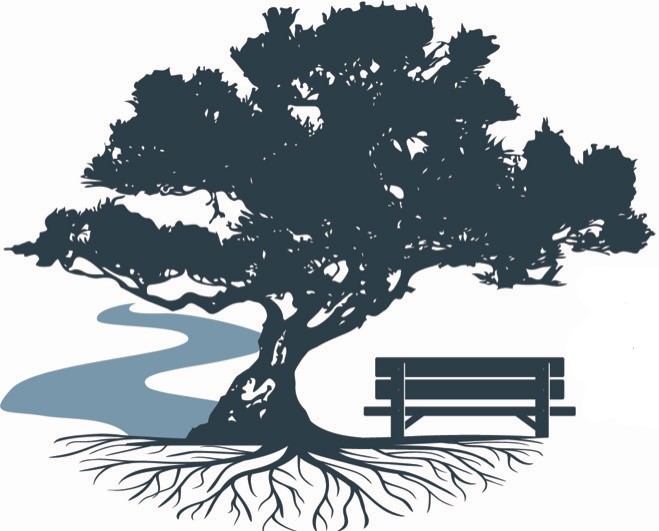This beautiful, hand-colored map shows Isle of Hope at the time of the Revolutionary War. In 1778, the British under Lieutenant Colonel Archibald Campbell invaded Georgia and captured Savannah and Augusta. In 1780, Campbell created a much larger, uncolored map based upon his military campaign along the Georgia coast and up the Savannah River. His complete map provides information about the siege of Savannah as well as other towns, plantations, and roads in colonial Georgia his troops encountered during the British invasion.
Isle of Hope played no role in Campbell’s Revolutionary War military operations. The part of Campbell’s map relating to Isle of Hope contains far less detail than other areas of his map where his troops were active. Isle of Hope is depicted as a heavily wooded, sparsely populated island. There are only two settlements shown on the island, one for Jones and one for Parker, two of the families who first settled Isle of Hope in 1736. Both settlements are depicted as cleared land surrounded by wilderness. The Jones settlement, which depicts Wormsloe plantation, shows a single structure. The Parker settlement farther north upriver shows four structures.
Parker’s settlement is labelled “Parker’s Ferry,” indicating that there was a ferry to Skidaway Island from the north end of Isle of Hope. Across the river on “Skedway Island” was a road leading to the interior of the island. This ferry was short-lived. Later maps of Isle of Hope do not show a ferry on the north end of the island, instead showing a ferry to Skidaway Island on the southern end of Isle of Hope near Long Island. The few roads depicted on Campbell’s map are straight lines. One is a road from the mainland to Parker’s Ferry along what would now be near Skidaway and Parkersburg Roads. The other two roads are clear-cut paths between Parker’s Ferry and the Jones’ settlement and between Jones’ settlement and the “Orphan House” at Bethesda. Those two clear-cut trails, straight as arrows, served not only as roads but also as signaling systems between the settlements. Outside of these two settlements, Isle of Hope is depicted as untouched forest and completely uninhabited.
